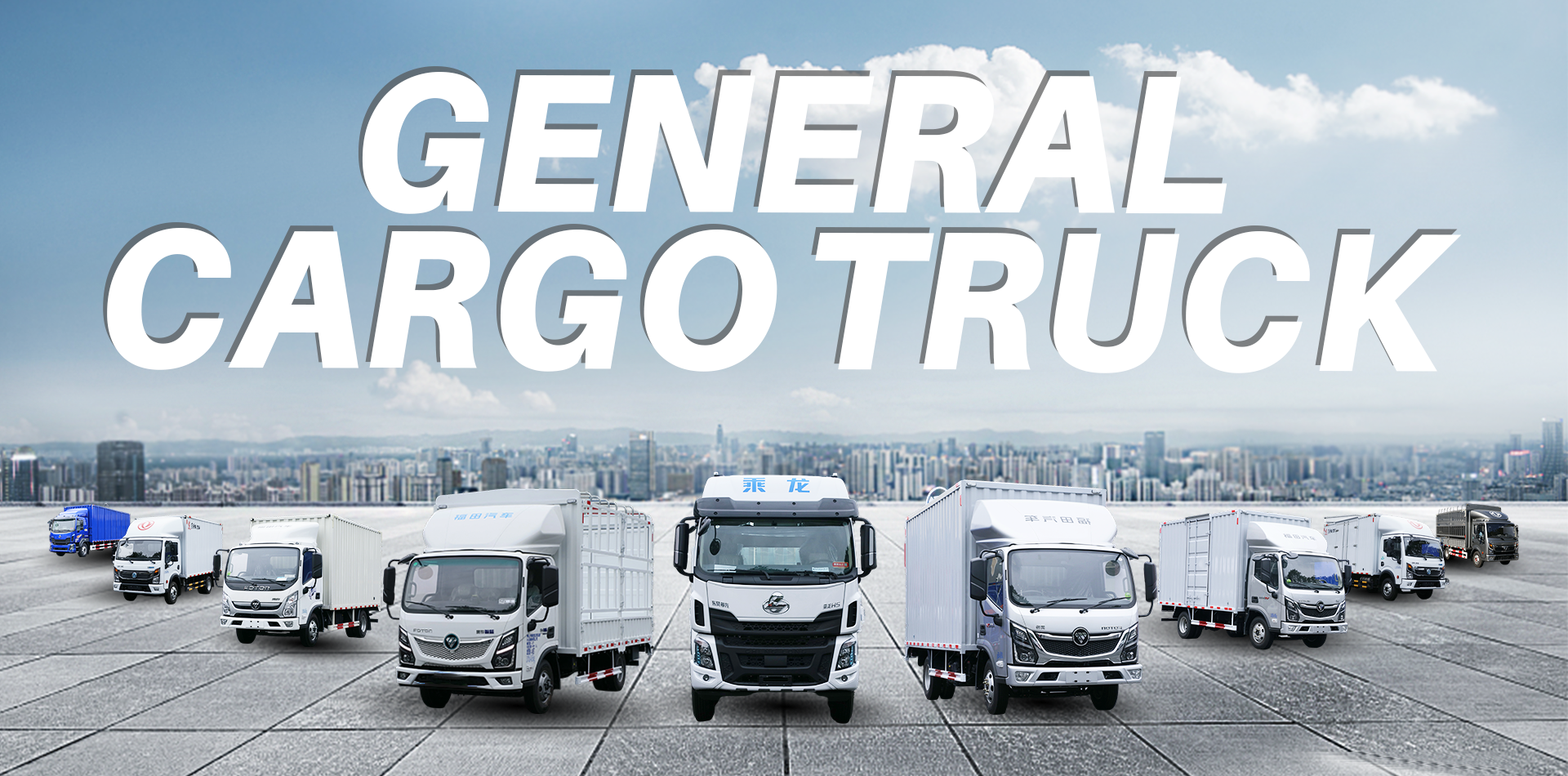The Business Case for Electric Trucks in Fleets
Cost Savings Through Reduced Fuel and Maintenance
Electric trucks can save operators a good amount of money not just in fuel costs, but also regular maintenance, and are an increasingly appealing prospect for anyone running a fleet. First, electricity is generally much cheaper than gasoline or diesel, for big fuel savings. For example, it can save fleet operators up to 70% in fuel costs on an annual basis, which is a powerful financial motivator. Moreover, the servicing for electric vehicles (EVs) since the latter have less moving parts in comparison to a conventional internal combustion engine means there is less time wasted and down time as well as less cost maintaining parts.
And in addition to that financial allure, a number of government incentives and tax credits are offered to ease the sting of the upfront price of acquiring electric trucks. In addition to creating near-term positive cash flow these incentives increase the payback for any commercial fleet transitioning to EVs. And by wisely using these savings and subsidies, businesses can improve their balance sheets as well as the sustainability of their fleets.
Meeting Sustainability Targets with EV Adoption
Electric trucks allow businesses to achieve their fleet sustainability goals, as they generate up to zero carbon emissions and help create a better, healthier planet. Adoption of EVs contributes in reducing carbon footprint and is in sync with global efforts to create clean energy and tackle climate change. The change not only enhances a corporate image, but also indicates a strong commitment to protecting the environment, paving the way to an increased customer retention and catching the eye of environmentally minded clients.
What’s more, in some localities businesses are facing ever-tightening emissions rules, and the early arrival of electric trucks can enable companies to get a jump on compliance. Through an on-road conversion to EVs, companies can positively reposition themselves as sustainability leaders, promote brand equity and be compliant with current and future regulatory requirements. This proactive measure echoes broader industry movements and is a move to get companies ready for a greener transport future.
Miller Electric's EV Fleet Transformation
From Ford E-Transit vans to F-150 Lightnings
Sotheby’s A shift to electric vehicles by Miller Electric highlights the applicability of Ford’s EV lineup. The company increased its reach, but remained efficient by bringing E-Transit vans for urban deliveries and F-150 Lightnings for more wide-ranging applications. To Ford’s advantage, electric vehicles don’t require much maintenance to begin with and can give operators greater flexibility – an essential feature in a transportation environment where the mission is always evolving. Ford’s electric models offer 30% better operating efficiencies, partially explained by improved deliveries.
Creating the Electric Vehicle Innovative Design Center
The establishment of the Electric Vehicle Innovative Design Center is an important action towards promoting the design of electric trucks according to different operating conditions. This center is responsible for the development and research of electric vehicle technology, which makes the efficiency and performance better and better. Working with tech partners and industry experts can drive innovation and could result in improved battery management and vehicle durability. Reports from the industry have seen investment within these design centers linked to a 25% increase in electric vehicle adoption which really does cements the traditonal role in the EV landscape.
Real-world results in energy management
The move to an electric fleet has saved Miller Electric a significant amount of energy while optimizing routing, which has been a key component to the company's success. The practicality of electric trucks is also highlighted by a 20% savings on energy costs thanks to data analytics in energy management. These developments follow an industry trend where technology is used to monitor energy use, and optimize efficiencies. In line with industry averages, alongside adopting advanced energy management techniques, fleets can achieve better than expected returns from their electric vehicles, which makes an even stronger case for HQVs.
Electric Box Truck Deployment Strategies
Optimizing Refrigerated Box Truck Operations
The answer is that electric trucks, and more specifically electric refrigerated box trucks, are the linchpin to lowering the carbon impact of these shipments while keeping a lid on the temperature of the cargo. Using these vehicles maintains low-emissions and also guarantees that consignments are delivered in the best possible conditions. Utilization of route optimization software increases delivery effectiveness, since it significantly decreases the energy consumption ensuring maximum performance. Research has shown that replacing regular diesel trucks with electric versions can reduce operational costs up to 40%. These partnerships can also develop customised charging to guarantee a constant operation by working together with the energy suppliers.
Charging Infrastructure for Isuzu/Ford Medium-Duty Models
Building a plug-in infrastrucutre is necessary if we are to see the likes of Isuzu or Ford launching vehicles like their electric box trucks and making sure they're always operational. Fast charging stations ensure that downtime is kept to a minimum so that fleets can maintain high delivery capacity and meet the ever-growing customer needs. As the use of commercial EVs increases, partnerships with municipalities can also help to facilitate local government infrastructure initiatives by providing incentives. Studies show that by focusing on developing a charging infrastructure, the operational effectiveness and reliability of a fleet can be dramatically improved, enabling EVs to be deployed without a hitch.
Payload Management in Last-Mile Delivery
Efficient payload handling is essential to scale the payload while being compliant, guaranteeing last-mile delivery and profit. Electric box trucks require functionality of load is advance to sustain balance and by extension safety and performance. By using telematics to keep track of things in real-time, the need to meet multiple consignment times and prevent operational hiccups can be better managed in an accurate and efficient manner. From industry intelligence, companies who are focusing on payload optimization can achieve an over 15% improvement to efficiency metrics, clearly demonstrating the need for a smart approach to weight management in electric vehicle operations.
Industry-Wide Electrification Success Stories
Anheuser-Busch's BYD Electric Tractor Implementation
Using BYD electric tractors, is an important logistics innovation milestone for Anheuser-Busch. Their fleet management is now all about efficiency and sustainability demonstrating their commitment to minimizing carbon footprints. By plugging in their tractors instead of filling them with diesel, Anheuser-Busch has been able to save 30 per cent of their fuel costs – a number that has helped to fuel their $24.50 per share profitability. Even more than reductions in emissions, this move has established new norms for the beverage industry in terms of sustainable logistics, as demonstrated in a variety of case studies. Therefore, Anheuser-Busch is a shining example of the positive, economic and environmental impact of electric vehicle adoption.
NFI's Volvo VNR Electric Regional Hauling
The NFI deployment of Volvo VNR Electric trucks represents a significant step forward in regional haul applications. The use of these trucks has proven results yielding energy savings related to their transportation activity. This conversion is not only a step towards complying with increasingly stringent environmental legislation, but also in developing a collective culture of sustainability within the company. Based on reports, such electric truck introductions have saved up to 40% in energy costs for regional haulers. NFI's approach indicates the electric truck's potential to transform trucking as usual, marrying environmental consciousness with operational efficiency.
Purolator's Cold Chain Solutions with Electric Refrigeration
Purolator is raising the bar with electric refrigeration technology advances that make cold chain logistics more sustainable. The implementation of electric refrigerated vehicles has enabled the company to reduce environmental impact while still maintaining product quality. Efficiency assessments reveal these electric alternatives have reduced emissions – the equivalent of 60% – and Purolator is on track with the world’s climate targets; a testament to their dedicted to delivering sustainable supply chains of the environmental and social kind. This investment in electric refrigeration reflects an industry-wide move towards green operational practices and represents a major step forward in sustainable logistics within cold chain applications.
Future-Proofing Commercial Fleets
Battery advancements for heavy-duty applications
Advances in battery technology are spurring the development of heftier electric trucks, changing what the electricity to power them could look like. Thanks to advances in lithium-ion and solid-state batteries, these trucks now boast greater ranges and faster charging times. Studies estimate that these innovations could increase ranges by 40%, virtually eliminating down time and therefore cost. These companies are now starting to see reduced operating costs and increased capabilities in their electric fleets, a good sign for the future of battery innovations for heavy-duty operations.
Grid integration strategies for depot charging
Incorporating grid solutions to reduce depot charging is a key solution to improve charge efficiency and cost control for fleets. Depot charging stations can be focused on sustainability goals with renewable energy vehicle charging, as well as reducing operation costs. Research suggests a 20% energy cost savings if fleets implemented this grid integration. Collaboration with energy and utility companies may introduce novel charging solutions that maximize operational efficiency and create a more sustainable means to manage a fleet.
Second-life uses for retired truck batteries
Urban second life opportunities for older trucking batteries present great cost and environmental benefits that change the way we think of sustainability in commercial fleets. These applications could be energy storage offering grid support services and supporting renewables. Lead: Industry trends indicate the adoption of second-life battery systems is rapidly rising, the result of both environmental mandates and economic efficiencies. Remarkably, as much as 90% of spent batteries can be put back in action, slashing waste and driving sustainability throughout your facility. This is not only an important tool to develop a sustainable business model, but also to stimulate a circular economy that will expand the lifespan of batteries beyond their initial use in vehicles.

